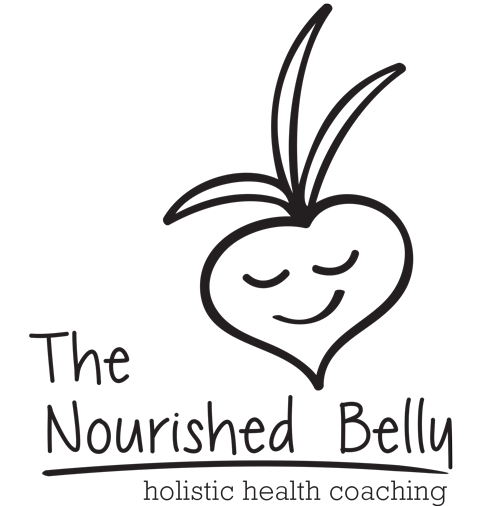It can be very confusing at the grocery store these days, with all of the new buzz words that companies create to sell you their products. Ideally, we are eating whole, fresh foods for the majority of our diet (nudge, nudge, right?). But once in a while we still have to buy something packaged. What do these words actually mean and which ones can we trust? Here are 10 food label tips, that tell us what to look for and what words we can trust and what words we can't! 1) Don't trust the front of the box! Often the front of the box contains words such as "all natural," and "multi-grain." These words don't actually have any real meaning. Some phrases you can trust are "100% organic" and "100% whole grain." These phrases by law are true.
2) Just because it says "organic," doesn't mean all the ingredients are organic. If the box says "Made with Organic Ingredients," only 70% of those ingredients have to be organic. If it says "Organic," 95% of ingredients are organic. Again, look for "100% organic."
3) Zero trans fats actually CAN have trans fats! Trans fats have replaced saturated fats as the culprit for heart disease and other health problems. Companies are allowed to put "zero trans fats" on a label if it has less than .5% trans fat per serving. But hey, we know that sometimes we can eat more than just one serving of potato chips, or cookies, and not to mention that companies sometimes make serving sizes ridiculously small (can you really only eat a 1/4 cup of ice cream?) All those servings can add up to a hefty amount of trans fats, and we don't want ANY in our bodies.
4) The most important part of the package is the ingredient list! The only thing I look at on the package is the ingredient list. The shorter the better. Ingredients are listed in descending order, with the first ingredients being the most plentiful in the product.
5) The ingredient list is a great place to look for the word hydrogenated. This word equals trans fats! Partially hydrogenated is even worse. If you see these words, set the package back on the shelf! This includes margarine and all of the fake butter spreads! Organic butter can be good for you if you can tolerate dairy.
6) Look for food additives. According to Liz Lipski, a leading health advocate, the average person eats 14 lbs of additives in one year. Stay away from ingredients like "red 40, blue 6, yellow 5, or sodium benzoate." These are artificial colors and preservatives. A leading researcher on this topic, Dr. Benjamin Feingold, discovered in the late 1970's that children with food allergies who avoided artificial ingredients improved their symptoms and exhibited better behavior and attention span in school!
7) When buying meat and eggs, be wary of these words: Cage free, free range, antibiotic free, and no added growth hormones. The terms cage free and free range do not have very much meaning and often lack oversight. Antibiotic free and no added growth hormones also don't have a third party certifier and the latter can be misleading because growth hormones are not legal for use in either poultry or pork.
8) Look for the words organic, pastured, or 100% grassfed and grass finished when buying poultry and meat. Be aware though that organic fish does not exist!
9) When buying oils, look for words such as unrefined, expeller pressed, and cold pressed. These ensure that the oil was not processed under high heat and solvents were not used to extract the oil. *Remember to stay away from vegetable oils and especially do not cook with them! These are easily oxidized and can lead to trans fat consumption.
10) When buying anything at the grocery store, remember this rule from Michael Pollan, a leading author and researcher about food in America. In his book, Food Rules, he recommends:
Eat only food that will eventually rot.
Yes! So true! This is a great rule to live by, and to remember that the more whole, fresh foods that we can eat, the more nutrition we are adding to our bodies. Every time you put ANYTHING into your body, ask yourself the question, "is this adding to my health?" If it isn't, set it down! But be gentle with yourself, and hopefully these 10 food label tips can help you buy foods that are better for you and your family.
Resources:
Blaylock, Russell L. Excitotoxins: The Taste That Kills. Santa Fe, NM: Health, 1998. Print.
Fallon, Sally, Mary G. Enig, Kim Murray, and Marion Dearth. Nourishing Traditions: The Cookbook That Challenges Politically Correct Nutrition and the Diet Dictocrats. Washington, DC: NewTrends Pub., 2001. Print.
Main, Emily. (n.d.) 10 Food Label Lies. Retrieved from: www.rodale.com/10-food-label-lies.
Information about labels concerning meat are retrieved from: http://www.greenerchoices.org/eco-labels/
